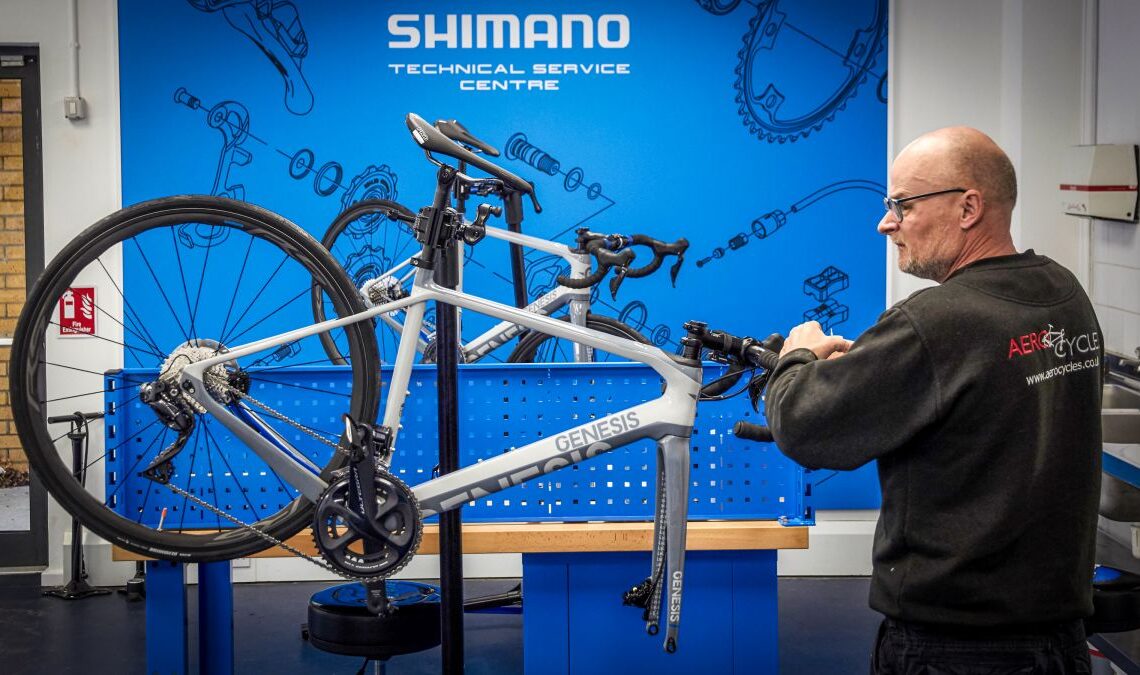Winter cycling and training can place a testing range of demands on your bike and equipment. Ride in poor winter conditions for just a few rides in a row without doing any kind of maintenance and it will quickly start to feel worse for wear and go downhill.
As a qualified mechanic and workshop manager for several years, I’ve seen and worked on my fair share of bikes in the winter in dire need of some TLC, or bikes that have been dragged out of the garage kicking and screaming in the autumn in a state of disrepair from the previous winter.
Not all of us have a dedicated winter bike, and that’s completely fine. Now that most road bikes have disc brakes and can accommodate wider tyres, more riders are able to ride one bike all year round, this may be an advantage in a way as owners are more inclined to service and maintain their one bike. Riders with winter bikes seem to either look after them and keep them ready for the demands of winter or ride them into the ground slowly until spring comes and they can put them away.
Either way, the fact remains that it’s important to look after our bikes. Here at Cyclingnews, we have put together a feature to help get your bike ready for winter cycling with some key mechanic tips as well as some well-chosen products and tools. We’ve pulled together a few useful, pro tips to incorporate into your maintenance schedule that will keep your bike happier through the testing winter months and help improve your own maintenance skills and confidence.
1. Monitor your chain wear to save watts and money
The chain does an incredible amount of work on each ride and is often overlooked or seen as a component that should automatically last years. It’s important to stay on top of chain wear at all times, but it’s especially key in winter when extra rain, salt and muck are on the roads. This can mean more contamination entering the chain more quickly and accelerating wear.
Long story short it’s very easy to burn through chains in winter if you are not careful. How to degrease and lubricate your chain is a complex topic and I won’t go into a full rundown here. Once a chain moves past a certain point of wear it can rapidly start to wear other drivetrain components and cause more damage in a few hundred miles than it has in the previous several thousand. Avoiding getting to this point is crucial in staying on top of chain wear and ensuring the chain – not to mention your own effort – isn’t actively…
Click Here to Read the Full Original Article at CyclingNews RSS Feed…

